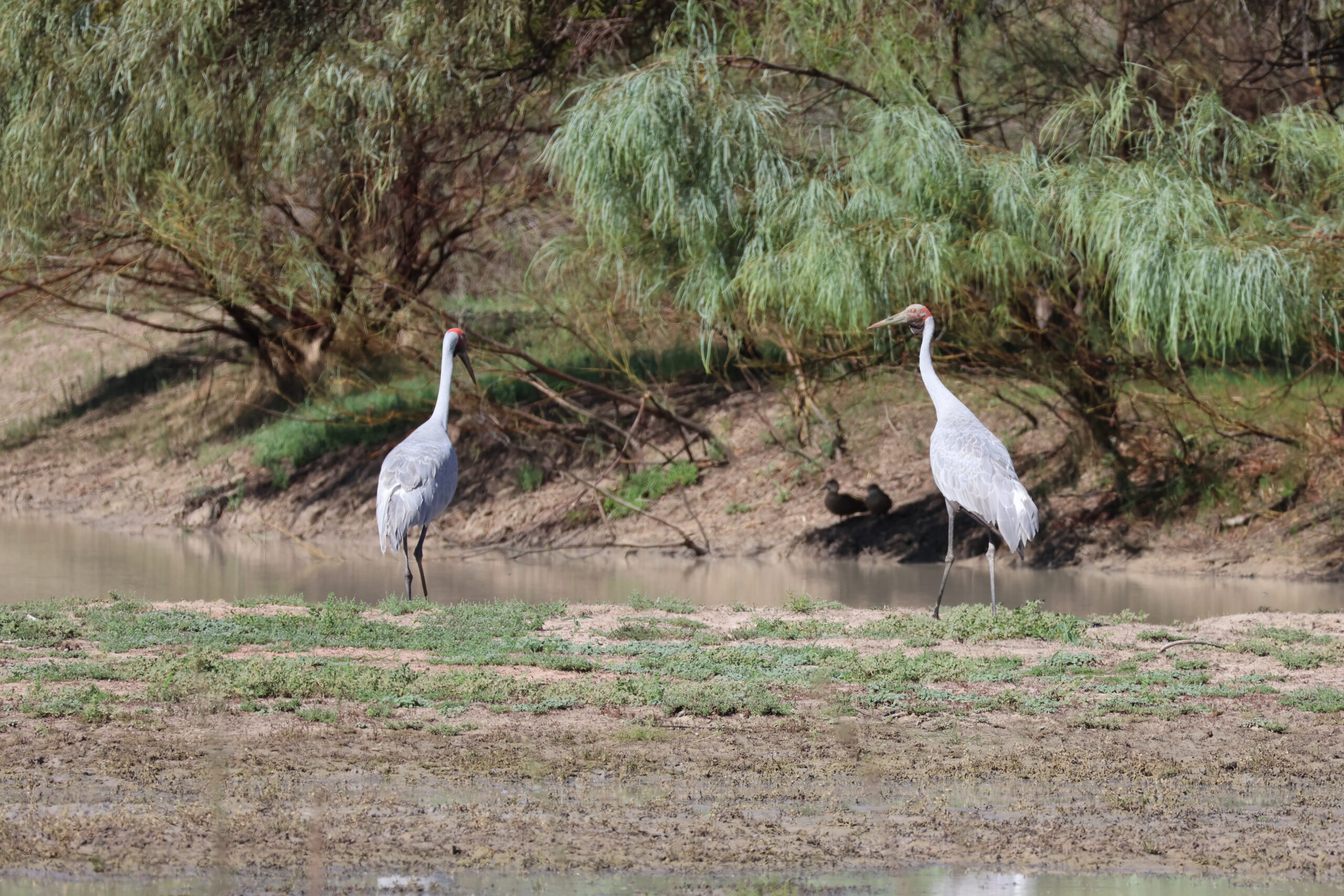The Commonwealth Environmental Water Holder’s (CEWH) Science Program funds the Flow Monitoring, Evaluation and Research (Flow–MER).
We would like to acknowledge the Kurnu-Baakandji People who are the Traditional Owners of the Warriku (Warrego) and Baaka (Darling) Rivers and the Gomeroi People who are the Traditional Owners of the Guwayda (Gwydir) catchment and surrounds. Thank you for sharing your Country and knowledge of the land, water and life with us. We pay respects to Elders past and present.
Traditional Gamilaaraay Language of the Gomeroi Nation used in this article (H. White & B. Duncan – Speaking Our Way, M. Mckemey), additional to learnings from interacting with community members and the Guwayda (Gwydir) River Selected Areas Culture Advisor.
Traditional Paakantyi Language of the Kurnu-Baakandji Nation used in this article. (L. A. Hercus – Paakantyi Dictionary), additional to learnings from interacting with community members and the Junction of the Warriku (Warrego) and Baaka (Darling) Rivers Selected Areas Culture Advisor.
Author Tamara Kermode.

Brolgas (Antigone rubicunda), known to the Gomeroi people as the burraalga, are commonly featured within our Flow-MER stories. They are incredible birds. Burraalga prefer to inhabit large open wetlands, grassy plains, coastal mudflats and irrigated croplands, although these shy birds have also been seen in mangrove studded creeks and estuaries. Brolgas, like most waterbirds, will go with the flows, preferring shallower waters where they can search for vegetation and plant matter. For water regulated systems such as the Gwydir and Mehi, Commonwealth water for the
environment plays a vital role in encouraging this species to call the area home.
These birds are found predominantly in eastern Australia, with birds also travelling in the northern most regions. In New South Wales, burraalga are listed as threatened, although they are common across much of northern Australia. As in Figure 1, burraalga can be found in large family groups with flocks of up to a hundred birds. These birds tend to be either partially nomadic or stay in the same area (Figure 2).

To the Kurnu-Baakandji people of Warrego and Darling River systems, the brolga is known by the traditional name kularku. To them, the kularku is greatly respected and considered family (Figure 2). It is among the species that the Kurnu-Baakandji people do not eat.
Kularku are one of two crane species native to Australia, the other being the sarus crane (Antigone antigone). The two species are remarkably similar and are nearly identical at first glance. The main difference is that the saurus crane has large pink legs and doesn’t have a dewlap, which is a fold of skin hanging loose from the neck (Figure 3).

Brolgas are well known for their beautiful mating dance. This video gives you a glimpse:
Managing water for the environment is a collective and collaborative effort, working in partnership with communities, private landholders, scientists and government agencies – these contributions are gratefully acknowledged.
We acknowledge the Traditional Owners of the land on which we live, work and play. We also pay our respects to Elders past, present and emerging.


